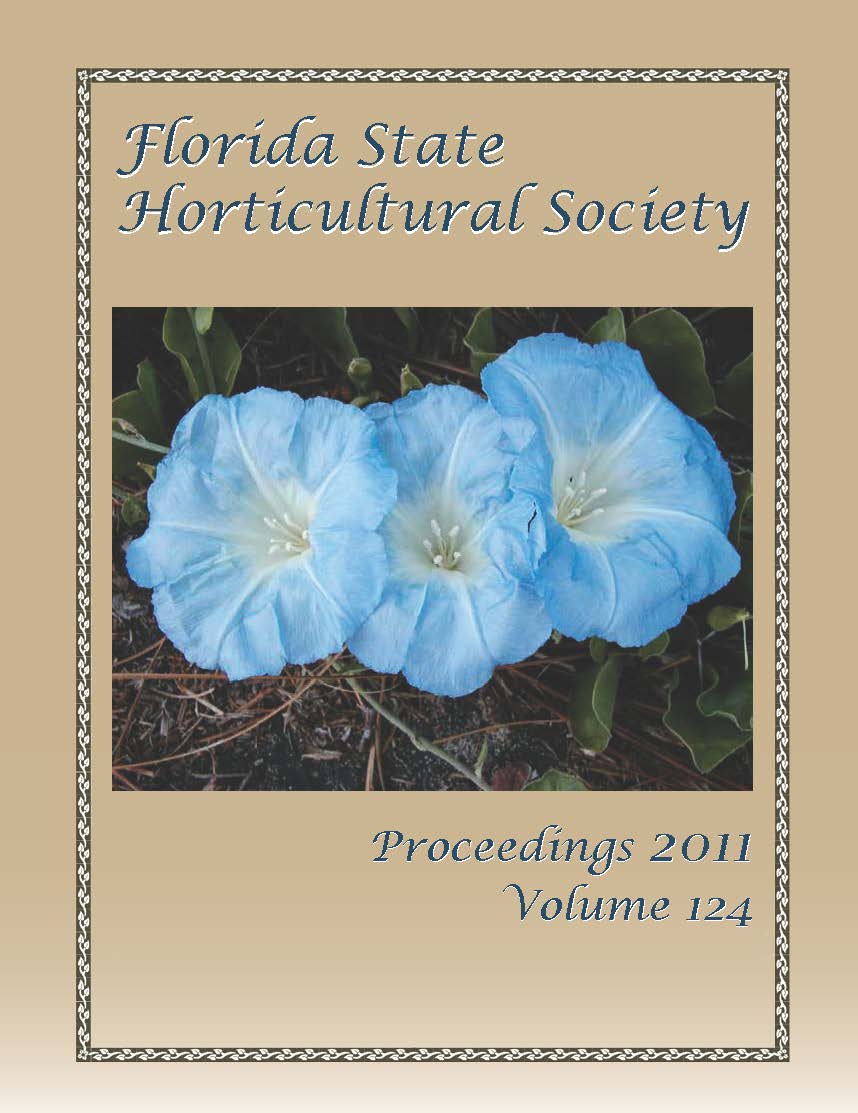Abstract
Strawberries are currently field-packed into consumer containers and as a result, growers are not able to sell a product that has been rinsed with sanitized water or sorted to exceed minimal grade standards. The current strawberry cooling method is forced-air, which typically takes 1 to 2 h and can result in non-uniform fruit temperature within a pallet. New methods and technologies have the potential to permit growers to grade, pack, rinse, sanitize, and hydrocool uniformly at a central facility. ‘Festival’ strawberries were commercially harvested in early morning and 7/8-cooled the same day by forced-air in clamshells or by immersion hydrocooling in small baskets. Forced-air-cooling required about 1 h, whereas hydrocooling with chlorine (200 ppm) required 13 min. During 16 d storage in clamshells (7 d at 1 °C, 7 d at 5 °C, and 2 d at 20 °C), there was no decay in fruit cooled by either method. Hydrocooled fruit retained more weight (2% to 5%) than forced-air-cooled fruit. Firmness ranged from 1.1 to 1.4 N, but there were no differences due to cooling treatments. Fruit from both cooling methods remained shiny and had green, turgid calyxes during cold storage; however, after 2 d at 20 °C the fruit became dull with wilted calyxes. Bruise incidence was higher in hydrocooled fruit due to additional handling during the cooling process. Hydrocooling could be a viable cooling option for strawberries that also provides an opportunity to sanitize and grade the fruit; however, further experiments are necessary to optimize this process.

